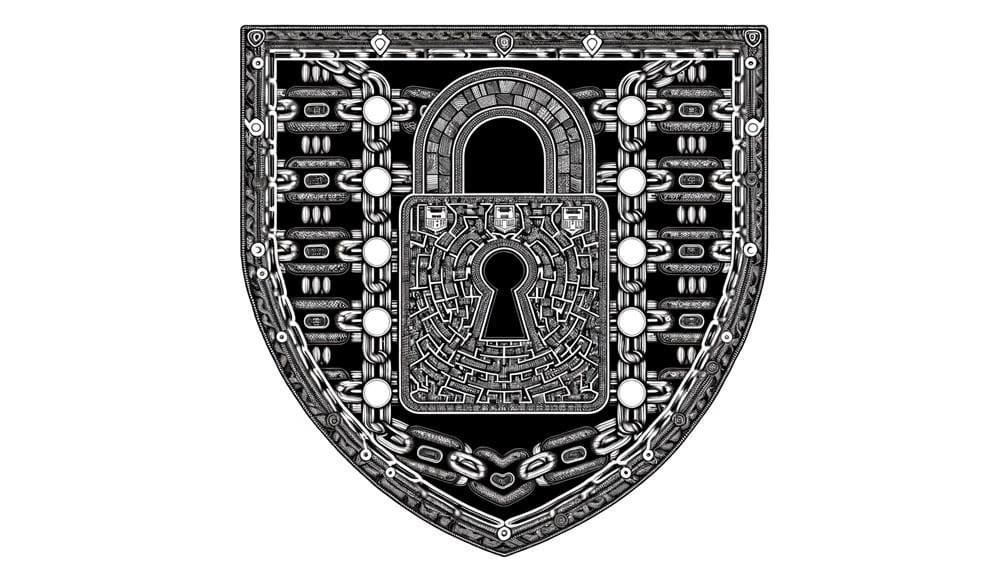What Is SOC 1 and SOC 2 Compliance?
Imagine a digital fortress, meticulously fortified to protect the sensitive information within.
Now, picture two sentinels standing guard – SOC 1 and SOC 2 compliance. These two frameworks serve as the gatekeepers of data security, ensuring that businesses adhere to strict standards and practices.
But what exactly do SOC 1 and SOC 2 compliance entail? How can they benefit your organization? And what sets them apart?
Prepare to unlock the secrets of these certifications that every business should strive to achieve.
Key Takeaways
- SOC 1 compliance focuses on controls over financial reporting processes, while SOC 2 compliance focuses on security, availability, processing integrity, confidentiality, and privacy.
- SOC 1 audits evaluate the design and operating effectiveness of financial controls, while SOC 2 audits assess controls related to data security and privacy.
- SOC 1 certification provides assurance of reliable financial reporting, while SOC 2 certification enhances trust and confidence in data security and privacy.
- To achieve SOC 1 and SOC 2 compliance, organizations need to understand the compliance requirements, conduct a risk assessment, implement necessary controls, perform regular audits and assessments, and maintain robust internal controls.
Understanding SOC 1 Compliance
To understand SOC 1 compliance, you need to familiarize yourself with the standards and requirements set forth by the American Institute of Certified Public Accountants (AICPA).
SOC 1 compliance refers to a company's adherence to the AICPA's Service Organization Control (SOC) 1 framework. This framework is designed to ensure that service organizations maintain effective controls over their financial reporting processes.
SOC 1 requirements encompass the evaluation and testing of these controls by an independent auditor. SOC 1 audits evaluate the design and operating effectiveness of a service organization's control environment, including its internal controls over financial reporting.
These audits provide assurance to user entities that the service organization's controls are suitably designed and operating effectively to achieve the objectives of reliable financial reporting.
Key Components of SOC 2 Compliance
As we shift our focus to SOC 2 compliance, it's crucial to understand the key components governing the security, availability, processing integrity, confidentiality, and privacy of service organizations' systems and data.
SOC 2 compliance requires organizations to implement and maintain effective security controls to protect their systems and data from unauthorized access, disclosure, and modification. These security controls can include measures such as firewalls, encryption, access controls, and intrusion detection systems.
Additionally, SOC 2 compliance involves undergoing an audit process to assess the effectiveness of these controls. The audit process evaluates the design and implementation of the controls, as well as the organization's ability to monitor and respond to security incidents.
Benefits of SOC 1 and SOC 2 Certifications
Obtaining SOC 1 and SOC 2 certifications provides organizations with a range of benefits that demonstrate their commitment to security and compliance. These certifications are important for organizations that handle sensitive data and want to assure their clients and stakeholders about the security of their systems and controls.
Some of the advantages of SOC 1 and SOC 2 certifications include:
- Increased trust: SOC 1 and SOC 2 certifications show that an organization has implemented effective controls to protect client data, which can enhance trust with clients and partners.
- Competitive advantage: Having SOC 1 and SOC 2 certifications can give organizations a competitive edge by demonstrating their commitment to security and compliance.
- Risk mitigation: SOC 1 and SOC 2 certifications help organizations identify and mitigate risks related to their systems and controls.
- Regulatory compliance: SOC 1 and SOC 2 certifications can assist organizations in meeting regulatory requirements and industry standards.
Differences Between SOC 1 and SOC 2 Compliance
SOC 1 and SOC 2 compliance have distinct differences that organizations need to understand. While both certifications focus on internal controls and the protection of sensitive data, they have different scopes and objectives.
| SOC 1 | SOC 2 | |
|---|---|---|
| Focused on | Financial reporting | Data security and privacy |
| Type of report | Audit of financial controls | Audit of controls related to security, availability, processing integrity, confidentiality, and privacy |
| Applicable to | Service organizations that impact their clients' financial reporting | Service organizations that handle sensitive data and provide services like data hosting, cloud computing, and data processing |
| Assurance for | Accuracy of financial statements | Trust and confidence in data security and privacy |
Steps to Achieve SOC 1 and SOC 2 Compliance
To successfully achieve SOC 1 and SOC 2 compliance, organizations must carefully follow a set of rigorous steps that ensure the establishment and maintenance of robust internal controls and the protection of sensitive data. Here are the key steps to achieving certification:
- Identify and understand the compliance requirements: Familiarize yourself with the specific criteria and guidelines outlined in the SOC 1 or SOC 2 framework.
- Conduct a risk assessment: Evaluate potential risks and vulnerabilities to your systems and data.
- Implement necessary controls: Establish and document internal controls that mitigate identified risks.
- Perform regular audits and assessments: Continuously monitor and evaluate the effectiveness of your controls through internal audits and independent assessments.
Conclusion
In conclusion, achieving SOC 1 and SOC 2 compliance is crucial for organizations to ensure the security and privacy of their clients' data.
These certifications demonstrate a commitment to maintaining strong controls and processes, giving clients peace of mind.
SOC 1 compliance focuses on financial reporting controls, while SOC 2 compliance emphasizes security, availability, processing integrity, confidentiality, and privacy.
By obtaining these certifications, organizations can establish trust, enhance their reputation, and safeguard sensitive information.
Remember, in the realm of compliance, knowledge is power.







